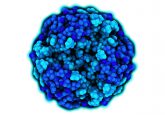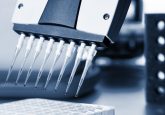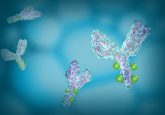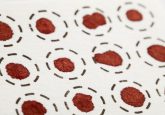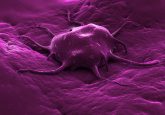Microfluidic LC–MS for analysis of small-volume biofluid samples: where we have been and where we need to go
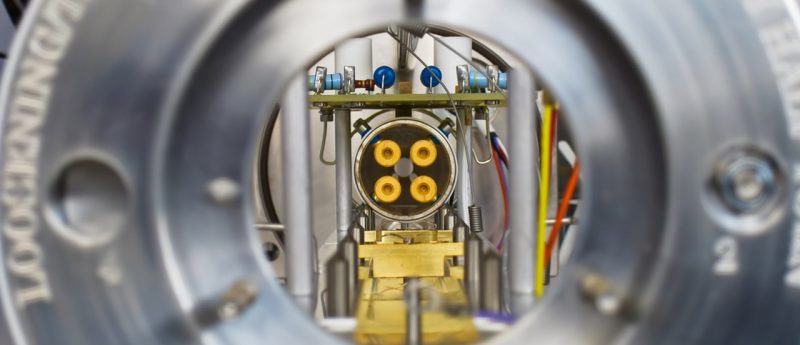
“New formats [of microfluidic devices] may allow dimensions and geometries that produce good sensitivity, robustness and speed of analysis not previously attainable with current glass capillary tubing dimensions." Microscale LC–MS is undergoing a resurgence for the application of ultra high-sensitivity bioanalysis. However, the use of microbore internal diameter (ID) chromatographic columns is not new, as the separation and detection of analytes by microcolumn LC can be traced as far back as the late 1960s by Horvath and contributors [1]. These researchers used 1.0 mm ID columns packed with pellicular ion-exchange sorbents to separate nucleotides. During the mid-1970s, Novotny, Scott and...

